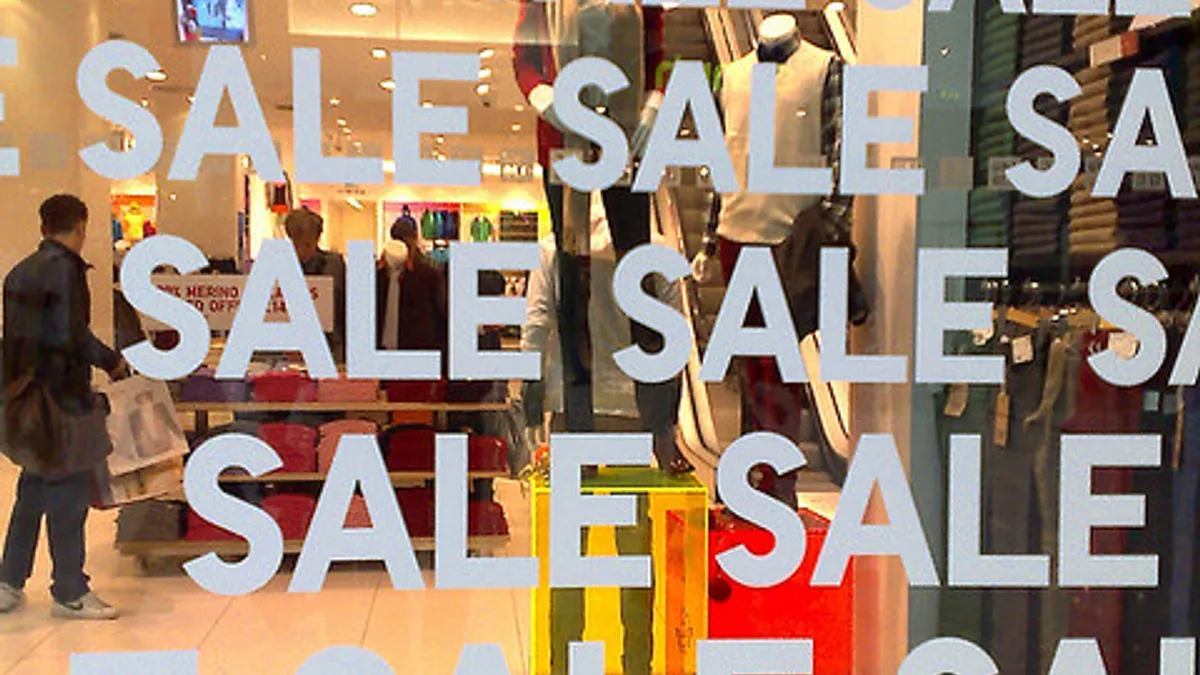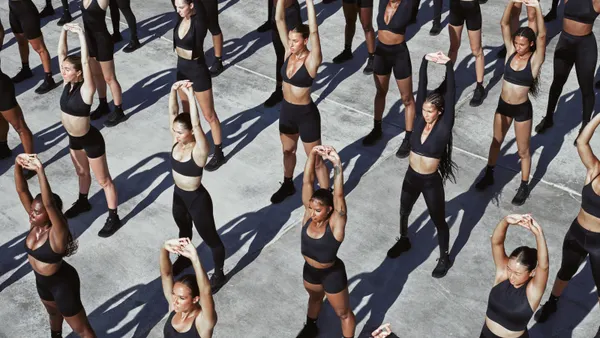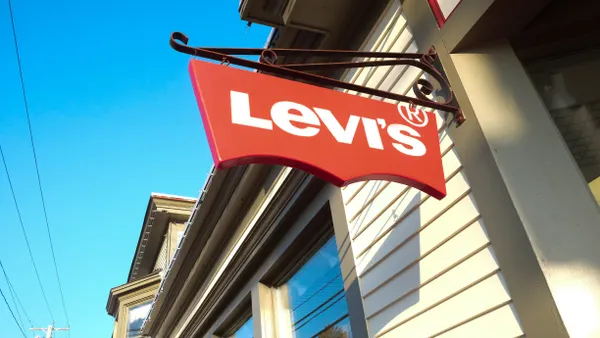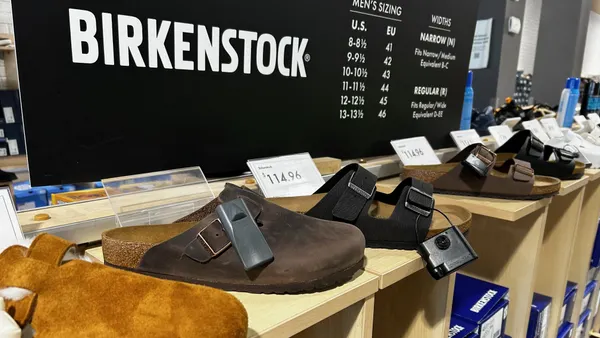Dive Brief:
-
Retail trade sales were down 0.1% from March 2015, and 0.1% from April last year, the Commerce Department reported Wednesday. Retail sales excluding automobiles, gasoline, building materials, and food services were unchanged, according to the report.
-
Sales at clothing stores were up 0.2%, attributed to Easter holiday promotions. Online retail sales and sporting-goods sales each rose .8%, and building materials and garden supplies sales rose .3%, according to the Commerce Department.
-
Meanwhile, in-store analytics firm RetailNext found that, while traffic declined, shoppers who do go to the store are doing so with “strong buying intent.” Conversion, sales per shopper, and average translation value all ticked up, according to that report.
Dive Insight:
Retail sales are being closely watched by economists and Wall Street as a clue to what the economy is up to. These reports show strengths in in-store and e-commerce sales, with a bright spot in apparel sales (at least for some retailers). But by and large consumers still seem to be cautious in their spending, despite the money they're saving at the pump.
And, Alan MacEachin, Navy Federal Credit Union corporate economist, told Retail Dive that weak wage growth is contributing to the tepid report, which continues a disappointing trend from the first of the year.
"The retail sales reports were overall disappointing, as weak April sales continues a falling trend since the beginning of this year. Lower energy prices have not boosted overall consumer spending as previously expected," MacEachin said in an email. "Disappointing level on consumer spending in April casts Q2 GDP rebound forecast into doubt. Coming on the heels of a weak Q1, a disappointing Q2 would almost eliminate any chance the U.S. economy sees 3% growth this year.
"Weak wage growth, despite decent jobs growth, is contributing to the lackluster retail sales numbers. I'm seeing evidence that higher tax payments than last year, coupled with more spending on non-discretionary items such as household bills and health care, are also factors keeping retail sales on the weak side."
And the trend will likely be a concern for the Federal Reserve, which is mulling whether to raise interest rates, MacEachin says.















